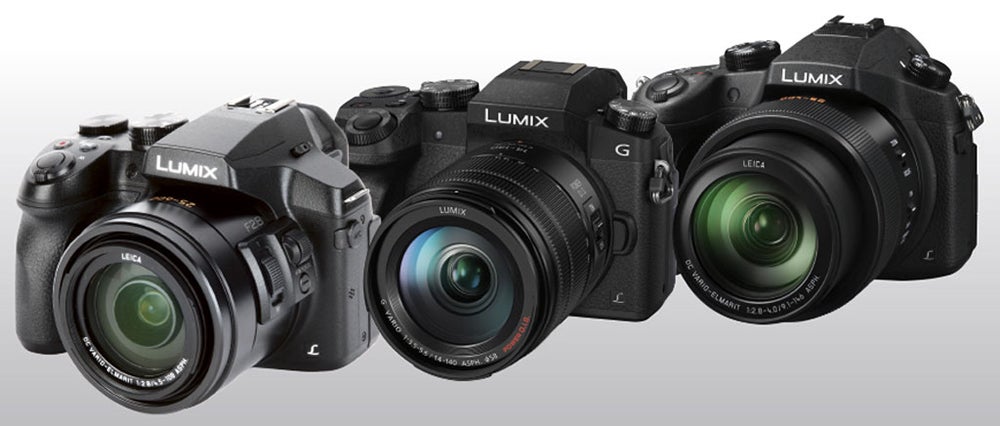At first glance, one camera lens can appear to be faster than the other, but is this actually the case?

When comparing cameras, we need to take into account both the sensor size and the lens’s aperture
One of the factors that makes life difficult for someone buying a digital camera is the plethora of different sensor sizes available today. The usual wisdom is that the larger a sensor is, the better, but this isn’t the whole story. The speed of the lens makes a difference as well, so a camera with a small sensor but a fast lens might perform as well as one with a larger sensor but a slower lens.
As an example, say I want to buy a reasonably capable camera for travel use, but it needs to be capable of 4K video. So far, my candidates are both from Panasonic: the Lumix DMC- FZ1000 and the Lumix DMC-G7 (which I would buy with a 14-140mm f/4-5.6 lens). The lens on the FZ1000 is a 9.1- 146mm f/2.8-4. So, on first sight, it appears to be ‘faster’ than the G7’s lens, but does it actually gather more light?
To compare them directly, I have to translate one of the lenses to its equivalent on the other’s sensor size, so for this I will translate the FZ1000 to the G7’s Four Thirds sensor size. The translation is based on the ratio of the sensor diagonals, which are 15.9mm for the FZ1000 and 21.6mm for the G7, giving a conversion ratio (otherwise known as a crop factor) of 1.36 between them. Multiplying the focal length and f-number of the FZ1000’s lens by this figure, I get 12.4-198mm at f/3.8-5.4.
This tells me that the FZ gives me more zoom range both at the short and long end (12.4 plays 14 and 198 plays 140, respectively), and that the effective speed is almost the same. I should clarify what I mean by ‘effective speed’ here. What it means is that both lenses will project more or less the same amount of light onto the sensor, which will result in much the same noise performance, since most of a camera’s noise is caused by the random pattern of arrival of the photons at the sensor. The more photons there are, the more the randomness averages out and the less noisy the camera looks. The same number of photons will result in the same noise. Of course, the real f-number of the FZ is still f/2.8-4, not f/3.8-5.4, so when I do exposure calculations I will need to use the real f-numbers. My comparison, while useful, has not changed the physical nature of the lens at all, just allowed me to compare the camera against one with a different sensor size.
This principle can be applied to any camera/lens combination so long as you know the actual sensor size. If you don’t know, one way of finding out is by comparing the actual lens focal length (usually marked on the front of the lens) with the manufacturer’s ‘full- frame’ equivalent. For instance, if I wanted to add into my comparison a Panasonic Lumix DMC-FZ300, looking at the front of the lens I find that it is a 4.5-108mm f/2.8 lens. Panasonic tells us that this is a 25-600mm ‘equivalent’ lens. The diagonal of a full-frame sensor is 43mm, so if I multiply this by the actual focal length (4.5mm) then divide by the ‘equivalent’ (25mm), I get a frame diagonal of 7.74mm, which in turn gives me a ‘crop factor’ of 2.8 compared with the G7, so I can translate the lens to 12.5-301 mm, f/7.8 lens. An impressive zoom range, but not so fast.
Bob Newman is currently Professor of Computer Science at the University of Wolverhampton. He has been working with the design and development of high-technology equipment for 35 years and two of his products have won innovation awards. Bob is also a camera nut and a keen amateur photographer




